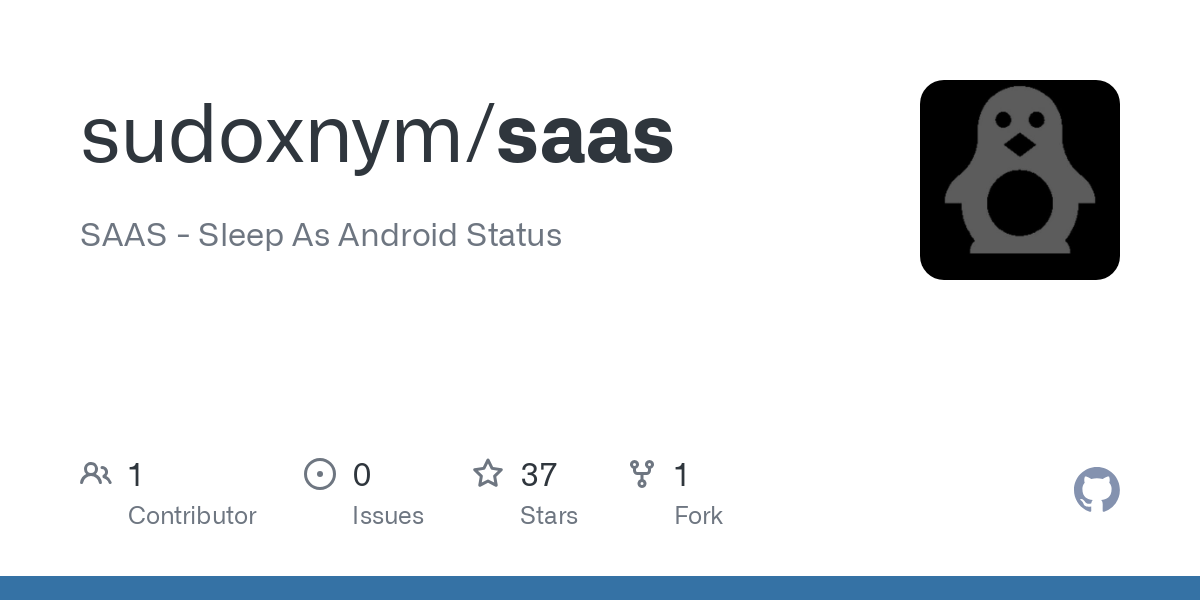

I’m gonna assume you’re not using Home Assistant yet.
There is an app for Home Assistant but from your comment I’m assuming you’re talking about something like Smart Life.
Home Assistant takes all these different companies and creates a central hub for them all. So we have Hue bulbs and Nest cameras all talking to each other via Home Assistant.
If you’re already using Home Assistant then disregard and have look into PIR and Mm Wave sensor.
I’ve moved up a level and recently made a bed sensor.



What’s amusing is I’m long time stoner. As such, I have a shit memory. I do not remember writing this comment. Nor do I remember even struggling with this. I do know that I had a bunch of .crypt domains for a while.
So your comment is hilarious because I frequently find my own comments when I’m struggling through that thing I once did that I don’t remember, documenting what I did.
I do it to help others, I call it “leaving breadcrumbs for those further back on the path” but those breadcrumbs are great when a server dies and you have to re set it up.
Kudos for being a great guy and leaving breadcrumbs. Karma likes to remind you that you’re a wonderful person sometimes, so just enjoy it, and don’t let the bastards grind you down.
Rereading my own comment, I do this, I thank people hoping they’re still active at some point. I really do believe in thanking those that help me, even if they may not see it until 10 months later, if at all. You must have been the post that slotted it all into place.